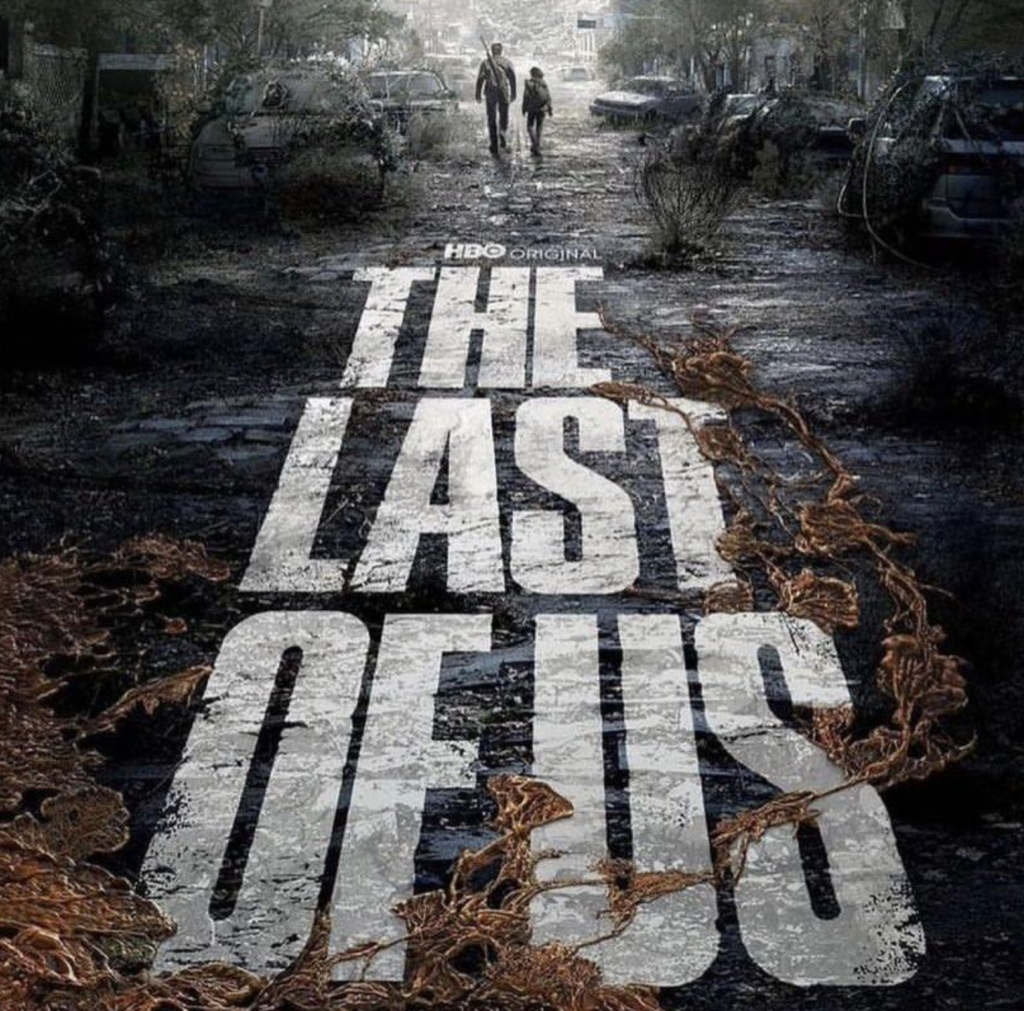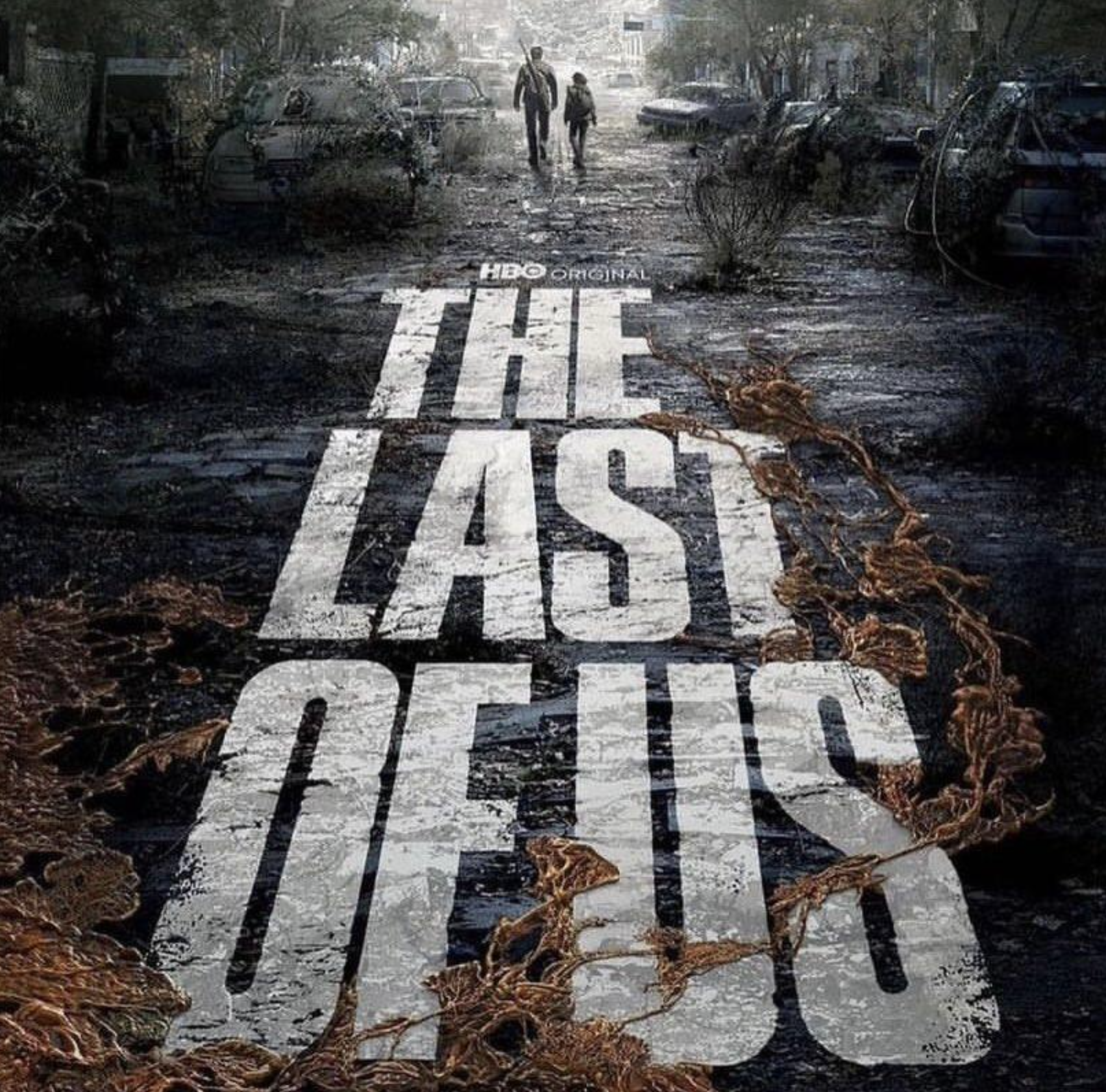This first season shows that this adaptation of the popular video game is likely to be a massive success
BY: JACOB POLITTE
Managing Editor

“The Last Of Us” ran from January 15 to March 12. This HBO adaptation of the legendary video game honors its namesake with tons of references to the original, while sprinkling in just enough new elements to add to the presentation.
This includes the opening scene, set in a television studio in 1968, where two scientists speak to the host about a number of deadly funguses, including the Cordyceps fungus that would eventually mutate and find its way into the food supply in the year 2003, kicking off an unstoppable, world-ending pandemic. It grabs your attention from the outset, and the extended episode’s prologue helps set the tone for what’s to come in the second half of what may have been the best pilot episode in television history, and that is not hyperbole.
While the show could have benefited from a longer season and perhaps a few more “clickers,” there’s so much to enjoy and appreciate, regardless of whether the viewer has previous knowledge of the game or not. Joel (Pedro Pascal) and Ellie (Bella Ramsey) are complete, loveable characters, with Ramsey in particular shining rather bright, especially in the season’s closing episodes. But aside from the two leads, the other characters that they cross paths with help make the story memorable.
Other new additions in HBO’s iterations include an entire episode set around the popular character Bill which changes his story from the game entirely, and the addition of Kathleen from Kansas City. Both are completely different takes than what the video game presented, despite involving the same characters from the game in both plotlines, and despite some backlash, the additions only add to the series.
In particular, Bill’s (Nick Offerman) story attracted a lot of attention, in large part due to perhaps the most dramatic game diversion and a small bit of internalized homophobia from some viewers. The character Frank (played by Murray Bartlett) also gets to play a much larger role than he ever did as a video game (where he only appeared as a corpse). The story is an unusually cheerful hour of television for a show as dark and violent as this one, but it does what none of the other hours over the course of the season did: it showed harmonious domesticity in the midst of the apocalypse, and it did so better than perhaps any other show of its kind.
Kathleen, played by prolific actress Melanie Lynskey, is an original character created for the TV series, but she is a wonderful addition that enhances the plot concerning Henry and Sam (Lamar Johnson and Keivonn Montreal Woodard, respectively), which does end the way that it did within the game. The circumstances getting to that point, though, are much different, and the extended two-episode arc is one of the show’s more bold choices. But it’s very entertaining, and everything ties together nicely.
But while some additions threw fans off, there is plenty of material that is straight up adapted from the game. While the set pieces may be a little different, Ellie’s interactions with David (Scott Shepard) are ripped straight out of the game. It’s quite the experience playing the game, then seeing that particular ending scene at the lodge recreated in all of its brutal fashion.
The ending to the season is also ripped straight out of the game, although the tone of the ending is much different this time. Whereas in the final level of the game, Joel’s actions were viewed almost as heroically flawed, those same actions are instead can be viewed as desperate narcissism on the show. Joel does not come off as a good guy, despite the fact that he largely is one. It’s an interesting deviation, and perhaps it can be perceived that way because the viewer doesn’t have any control over Joel’s actions like they would in the gaming world.
“The Last of Us” is a triumph. Season 2, however, is sure to divide its fan base further. Get your golf clubs ready.










